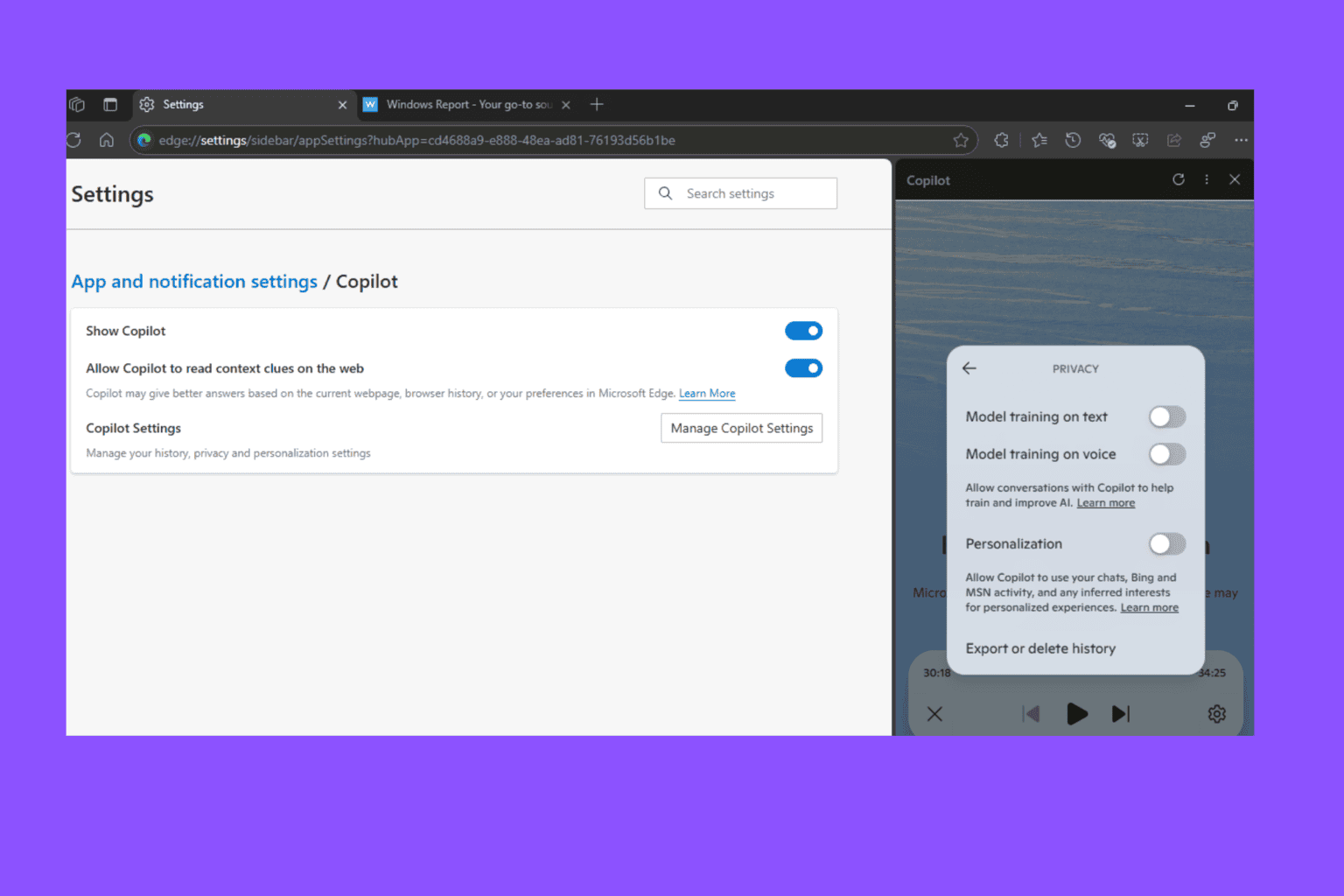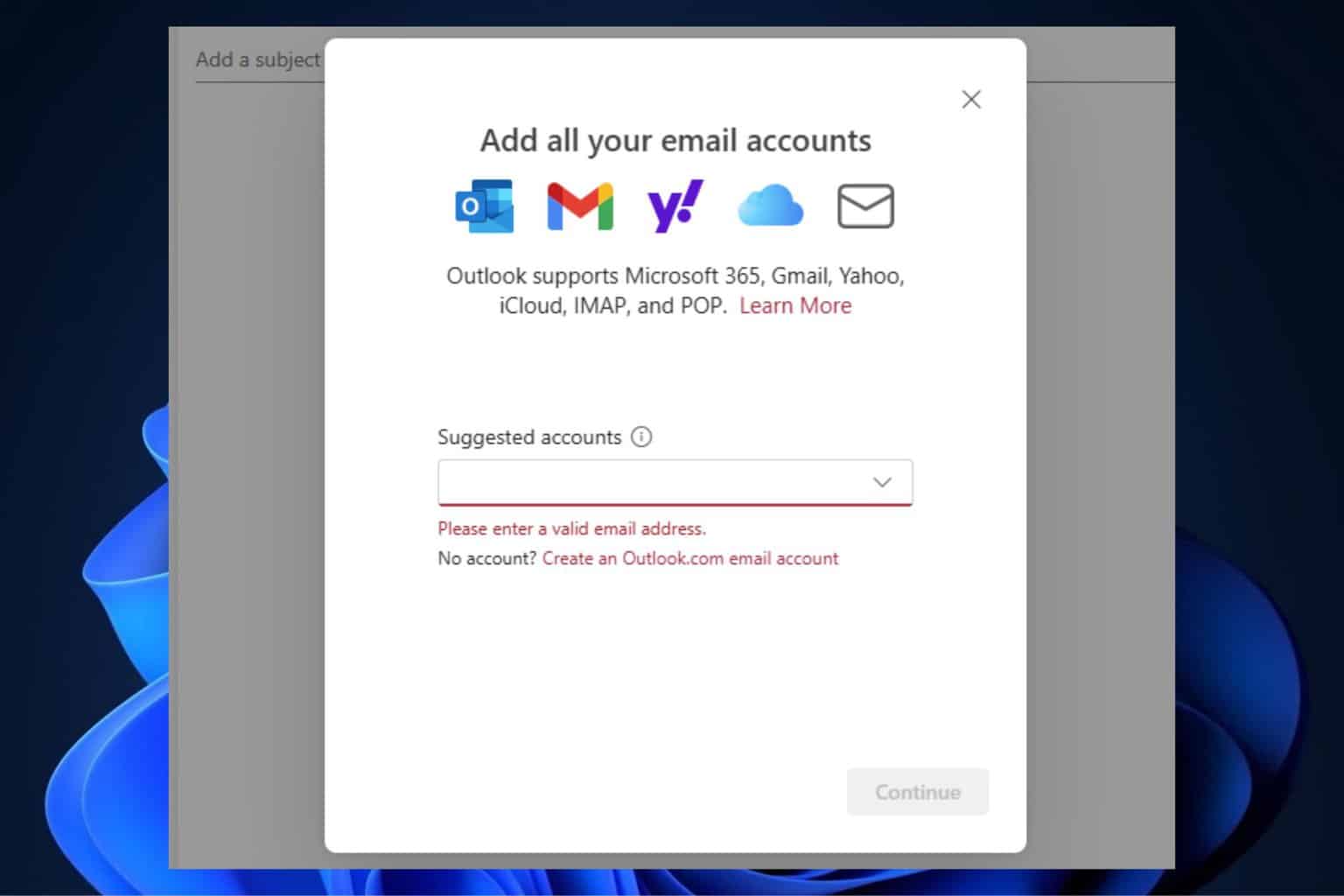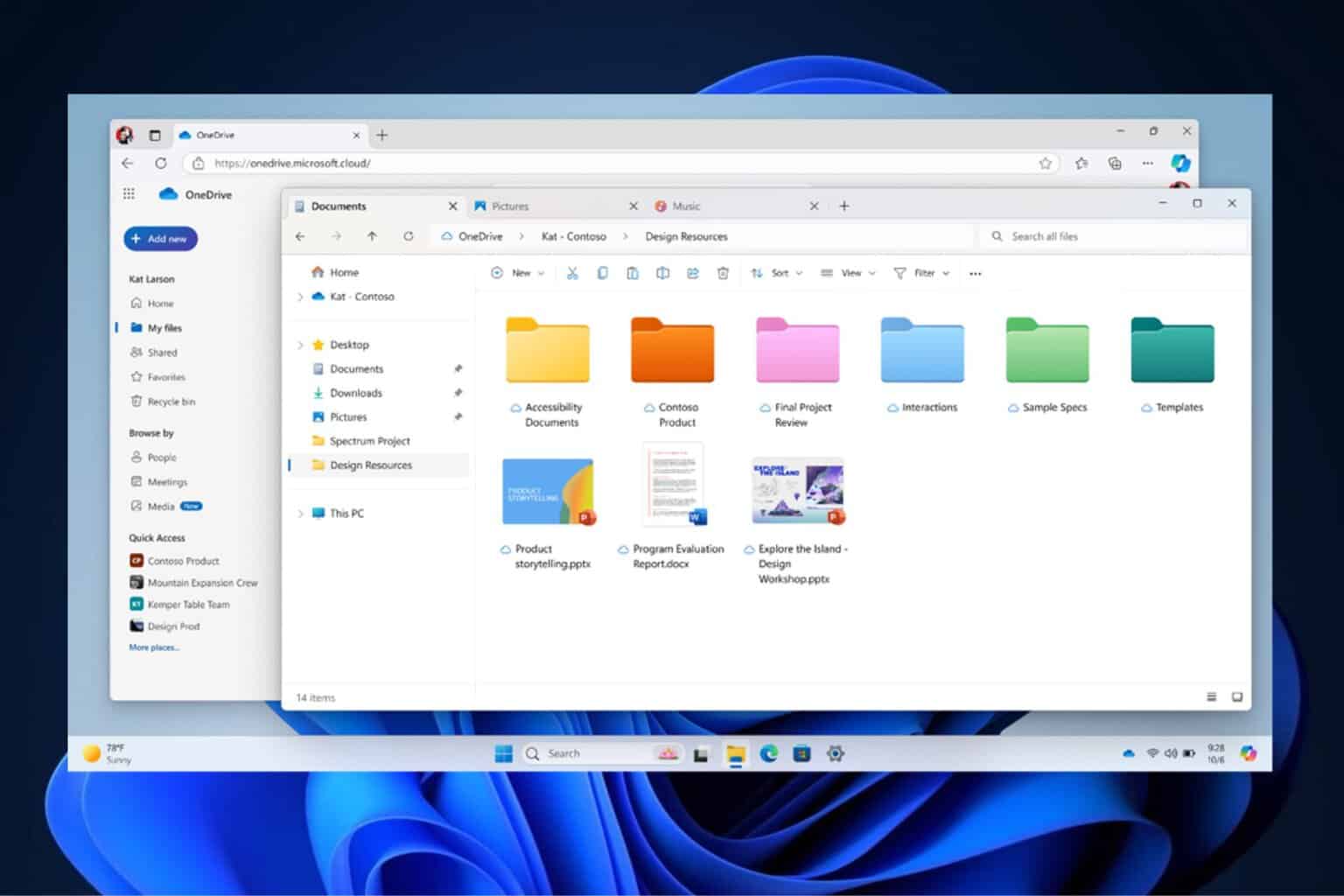Microsoft closes its underwater data center 'Project Natick' after 11 years
The company said there were fewer server failures as compared to servers on land
3 min. read
Published on
Read our disclosure page to find out how can you help Windows Report sustain the editorial team. Read more

Microsoft has silently discontinued its 2013-began Project Natick underwater data center (UDC) experiment. According to a recent DatacenterDynamics report, the Redmond giant has confirmed the discontinuation of Project Natick.
Microsoft’s underwater data center Project Natick is no more
Talking with the publication about the closure of Project Natick, Noelle Walsh who is Microsoft’s Head of Cloud Operations + Innovation said:
I’m not building subsea data centers anywhere in the world. My team worked on it, and it worked. We learned a lot about operations below sea level and vibration and impacts on the server. So, we’ll apply those learning to other cases.
Given the trend, data centers have a promising future and are expected to see a growth spike in the near future. One such example of this is NVIDIA, which recently surpassed Microsoft to become the most valued company on Earth. The chipmaker sold over 3.76 million data center GPUs in 2023.
As Tom’s Hardware notes, these GPUs would consume 14.3 TWh of electricity every year, excluding the cooling solutions. As per the DataSpan report, almost 40% of data center consumption is in cooling systems. Therefore, Microsoft might want to reduce the power requirements for building a data center. Doing so can reduce or eliminate the cost we talked about before.
There were fewer server failures as compared to servers on land
Leaving potential energy saving aside, Microsoft has also figured out other things too. For example, out of 855 submerged servers installed off the coast in Scotland in 2018, Microsoft only lost six. It is promising considering eight out of 135 servers needed replacement on the parallel experiment Microsoft carried out on land.
Percent-wise, it is approx. 0.7% loss in the sea compared to 5.9% on land. Microsoft says that the stable temperature of seawater and the inert nitrogen gas used to protect the servers are the main reasons behind the optimistic numbers. The company hasn’t ruled out the involvement of robots in data centers, too. It said:
We’re looking at robotics more from the perspective that some of these new servers will be very heavy. How can we automate that versus having people push things around? We are learning from other industries on robotics, but we’re also very cognizant that we need people. I don’t want people worried about their jobs.
Not to forget, Microsoft hasn’t said anything about whether it will start another UDC experiment like Project Natick in the future. However, we can’t rule out that possibility, especially when Microsoft is making huge investments to build data centers in countries like Thailand and Spain.
Earlier this year, there were reports of Microsoft partnering with OpenAI to build a $100 billion data center in the US as part of the Stargate project, too.








User forum
0 messages